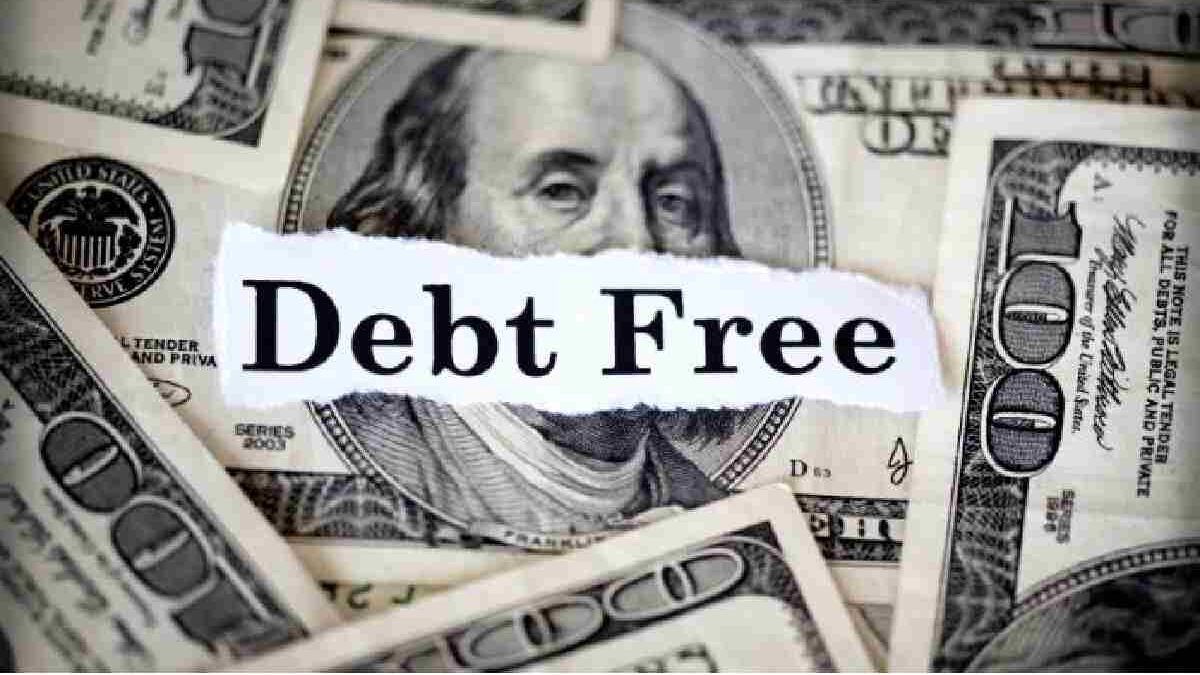What Are the Pros and Cons of Cash-Free Living? – How did you last pay for gas or groceries? Like many people today, you probably relied on a credit card to fill up your tank or put food on the table.
Since the start of the pandemic, digital payment use in the U.S. have soared. According to global management consulting firm McKinsey & Company, four in five Americans (82%) use some kind of digital payment.
While most people rely heavily on digital payments for everyday shopping, not all Americans have given up the cash in their wallets.
What makes one person adopt digital options and another stick to physical money? Let’s find out.
Table of Contents
Pro: Variety
As online infrastructure grows, there are few things that digital payments can’t do. In addition to paying bills and making online purchases, you can find online lenders and investing opportunities. You can use your phone to apply for loans online or move money into stocks using a robo advisor.
Pro: Convenience
When you go digital, financial housekeeping becomes a lot easier. You won’t have to pick up or deposit checks every time you get paid or borrow money. You also won’t have to make a trip to the bank or an ATM every time you need money.
Pro: Speed
Sophisticated tech powers all these tasks, which can accelerate how swiftly you can get things done — whether it’s sending a donation to your preferred charity or borrowing an online line of credit.
When it comes to borrowing money, you may find a simple and fast application that takes very little effort to fill. If approved, you’ll receive your funds quickly. With some same business day loans, you may even get it within the same 24-hour period following your approval.
Pro: Oversight
Digital finances create a digital paper trail, making it easier to track every purchase, review your spending, catch possible fraud, and budget better.
Con: Requires a Bank Account
Most apps that proliferate the average mobile wallet must connect to a bank account. People without a bank account — some 7.1 million Americans — can’t access this world of digital payments, including popular “buy now, pay later” services or online line of credit loans.
Con: Tech
You need devices that can connect you to the Internet — either a computer and a home network or a mobile phone with a data plan. Unfortunately, 19 million Americans don’t have broadband access at threshold speeds at last count. Without easy access to the Internet, it can be a lot harder to manage digital payments.
Con: Overspending
One of the biggest downsides to online banking is how easy it is to lose track of your spending. With cash, you feel the loss of your bills and coins instantly. You don’t get that feeling when you use a credit card or line of credit.
Without that pain point, you can overlook that you’re spending money you don’t have. Worse yet, it’s money you have to pay back, and if you don’t, you’ll accrue interest and fees.
Con: Fraud
Being online increases your risk of fraud, as cyber thieves hack financial institutions to get at your personal information. Between data breaches and poor cybersecurity habits, you may get exposed in ways that wouldn’t happen if you only used cash.
Bottom Line
While digital payments offer a quick and convenient way to manage your finances, some people prefer cash if they’re unbanked or worried about overspending. Compare the pros and cons to see what works best for you. For most, it’s a mixture of both.

